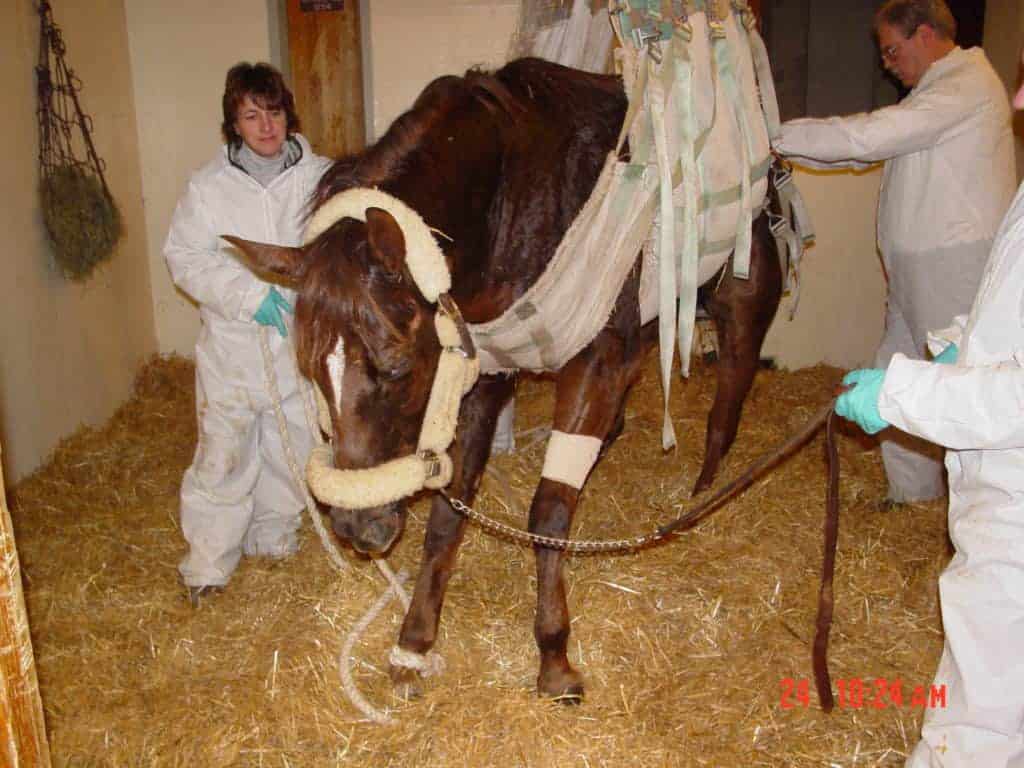
Practical Reproduction Studies of 2015
A recap of studies on topics ranging from prostaglandin treatment of mares to semen quality in stallions.

A recap of studies on topics ranging from prostaglandin treatment of mares to semen quality in stallions.

Vets can use SAA levels to differentiate between systemic inflammation and noninflammatory diseases in horses.

This marks the first time such a connection has been made in any mammalian species.

Heart rate variability gives a broader and possibly more accurate look at fetal well-being than heart rate alone.

The new procedures could make sterile mares with XY sex chromosomes easier and less expensive for breeders to detect.

Learn how to manage these challenging cases and improve the mare’s chance of producing a live foal.

Researchers say the uterine environment can significantly impact a foal’s future bone health, metabolism, and more.
Lecture topics will include dystocia, care of a sick foal, and postpartum mare management.
Lecture topics will include mare, stallion, and foal care; navicular syndrome; the digestive tract; and more.
Foal sitters assist veterinarians and staff with a variety of tasks in the neonatal intensive care unit.

Researchers noted differences in the probability of producing a filly or colt based on the mares’ and stallions’ ages.

Learn how the respiratory, reproductive, and neurologic forms of equine herpesvirus-1 can impact your horse.

Domestic horses’ reproductive efficiency is often lower than that of feral horses. Does modern husbandry play a role?

Light drives the internal clocks of all organisms. Here’s how it impacts horses, from broodmares to equine athletes.

Are you considering breeding your mare? Do your homework ahead of time to ensure it’s the right choice for you.

Fedorka’s research could, in the future, allow breeders to modulate post-breeding endometrial inflammation in mares.
Stay on top of the most recent Horse Health news with
"*" indicates required fields